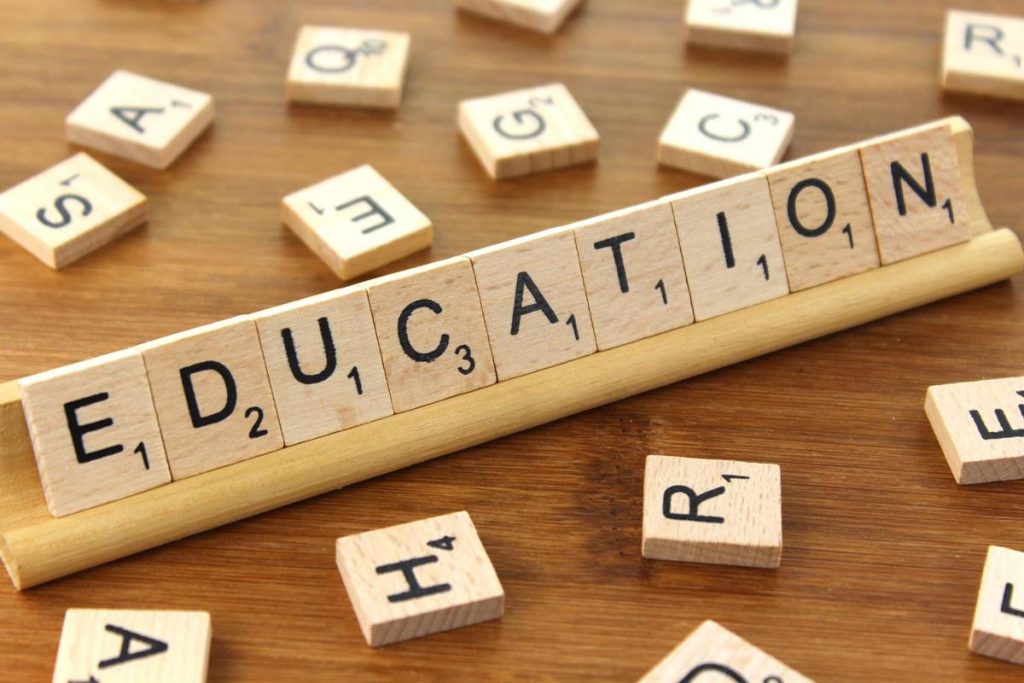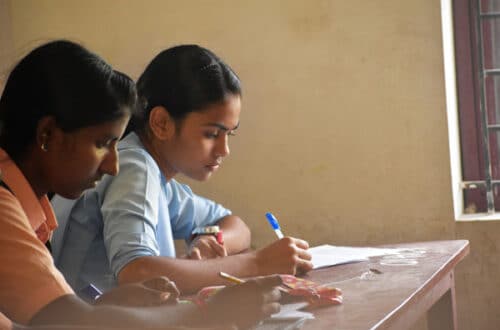Activities To Promote Independent Learning
The question arises what is Independent learning all about? Why are some students more independent than others and how can we as educators breed a culture of independence within our schools and classes? What are some activities to promote independent learning?
According to Banksy, “A lot of people never use their initiative because no-one told them to”. So, is it not our job as educators to tell them to be independent? Is being independent as easy as just being told to be?
There are different versions and amended definition of what people think independent learning is. The following definition sums up independent learning:
Independent learning is pupils having an understanding of their learning; being motivated to take responsibility for their learning; and working with teachers to structure their learning environment.
As teachers it is our responsibility to teach students the skills that will help them throughout their whole lives.

PRACTICAL ACTIVITIES FOR TEACHING INDEPENDENT LEARNING
- Confidence scale
This activity helps students think about their learning objectives and progress they are making on a class-by-class basis.
Write the intended learning goal of the lesson on the board.
Ask students how confident are you? and use this to create a Confidence scale.
Ask students to give themselves a score from the scale.
Monitor and assess the confidence levels. Depending how they feel about the learning goal, you can adjust the amount of time you spend on each part of the lesson.
At the end of the class, ask students to assess their confidence levels again. They should write the new number next to the old one.
Again, monitor confidence levels. Usually it increases, but sometimes it may go down. In that case, reassure students that you are there to help.
Next ask them to work in pairs and discuss how they can gain further confidence.
Finally, ask each student to write three action points based on the conversations with their partner, outlining what they will do to improve.
- Selecting the feedback focus
The next activity personalises the learning process by having students focus on individual goals.
Before starting, ask them to identify a personal learning goal. To help them decide on this, encourage them to look back at your feedback on previous written work. For example: I’d like to write an essay that is well organised and uses a range of complex grammar structures.
Tell them to write this goal at the top of their work when they submit it and explain that you will provide feedback when you mark it.
If you notice that many students chose similar personal learning goals, this suggests that it is something which you need to cover as a whole class and you might want to incorporate it into future lessons.
- Record and reflect
Although it is important to think about the objectives before starting a lesson or activity, it’s also vital that your students reflect on their performances afterwards. Self-evaluation embraces independent learning.
Have students record themselves on their mobile phones completing a speaking task. Then get them to listen back and compare their performance with a model answer.
Finally, have them note down what they did well and what they could have done better.
Recording apps are usually free to download or are pre-loaded onto a smartphone.
- Written feedback
The final activity relates how you organize your written feedback so that it is both motivating and productive.
Often when learners see some marks with red pen, they think they have done a terrible job and lose confidence which has a negative impact on independent learning.
To counter this, provide one comment under each of these headings to help learners identify where they are in their learning now. It will show them what they need to do and recognize them that they have made progress, boosting their confidence.
- A key strength
- An area of progress
- An area to work on
- How you can work on it
The more confident they are, the more they’ll take ownership over their learning.
INDEPENDENT LEARNING STRATEGIES
There are as many paths down which we could travel as there are lessons we could teach. With that said, let us consider three which I have found to be particularly effective.
First, we have the alteration of our own mindsets. Given the nature of the teaching profession, we tend to find ourselves instinctively helping the pupils we teach as soon as they have a problem. Without thinking, we do whatever we can to aid their understanding and ensure they are able to access the learning. This is all well and good but overexposure can turn it into a vice.
Excessive help and support denudes students of the opportunity to think for themselves. It stops them having to work through difficulties or solve problems. The tacit message is that there will always be someone else to do it for them.
An alternative approach sees the teacher thinking critically about whether or not to intervene in any given situation. Sometimes it will be appropriate-necessary-even-sometimes it won’t. In these latter cases, it will often be better to say something along the lines of: ‘Try solving yourself first,’ or, ‘Come up with three possible solutions and try them out before asking me,’ or a question like : ‘Well, what do you think is the best way to proceed and why?’
Repeating this approach is likely to cultivate a habit of independence in your students.
A second technique I have found useful involves setting up activities in which pupils are given a framework within which they have to make various choices. By giving pupils options and choices like developing a formation and then expressing themselves within that formation, you are encouraging them to make decisions and to be independent.
The third and final approach to consider involves formative feedback. This is feedback which gives students a sense of what they need to do to improve. For example: ‘In your next report you should aim to begin the analysis earlier so as to avoid too many passages of description.’
Effective formative feedback allows them to take control of their own learning. If they know what they need to do to improve, they are in a position to make those improvements, therefore acting independently. The converse would see a summative grade being given which offers no scope for action and which, psychologically, encourages students to become dependent (as they look to similar grades in the future for reinforcement of the sense of self generated by the initial grade).
Overall, we can see that creating independent learners is a long-term project. It is about cultivation; the development of habits of mind over the course of months or longer. By focusing on this goal you will likely find yourself able to step back, safe in the knowledge that the faith you have in your students is justified and that they are working truly independently.
Resources:





2 Comments
Pingback:
Pingback: